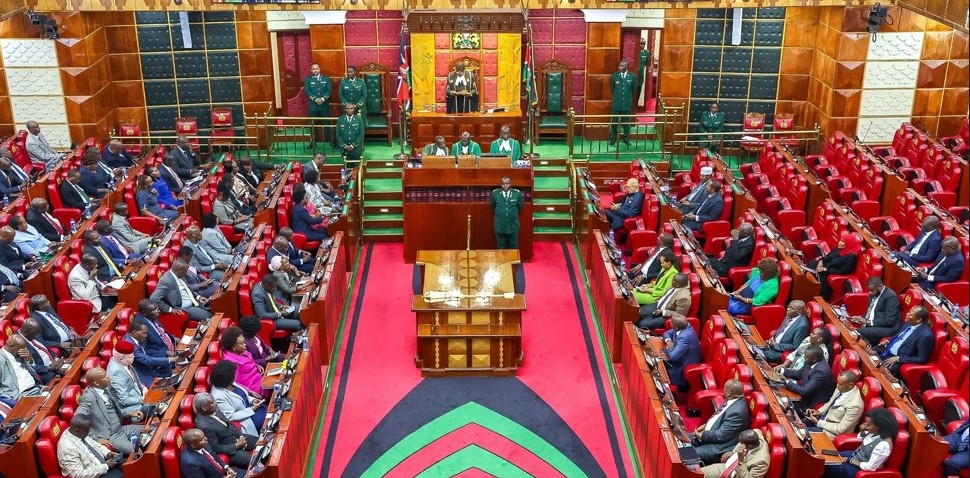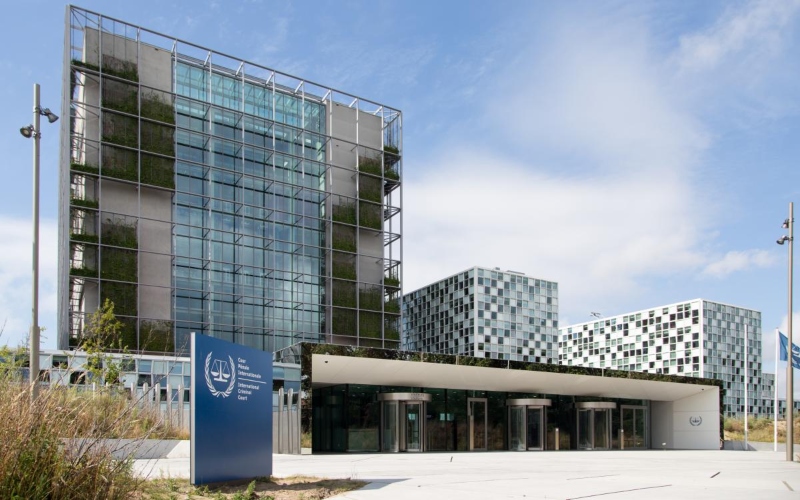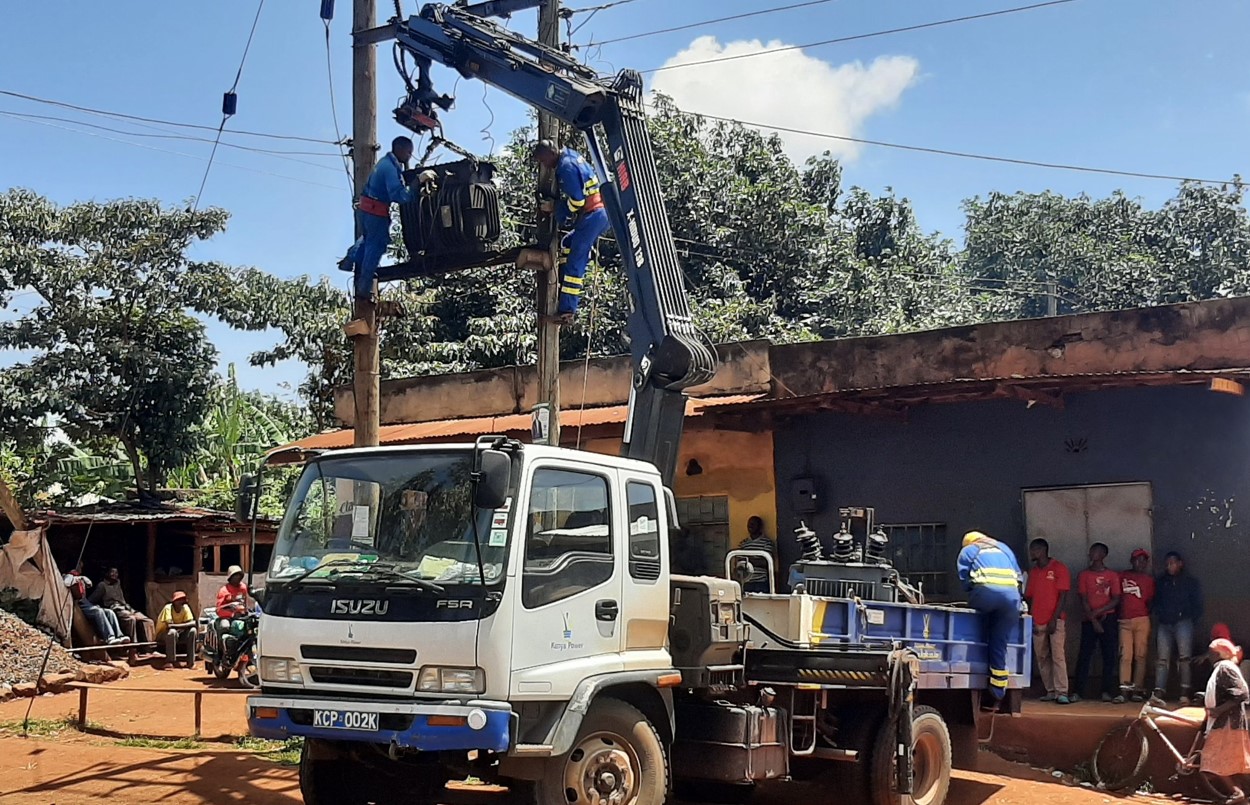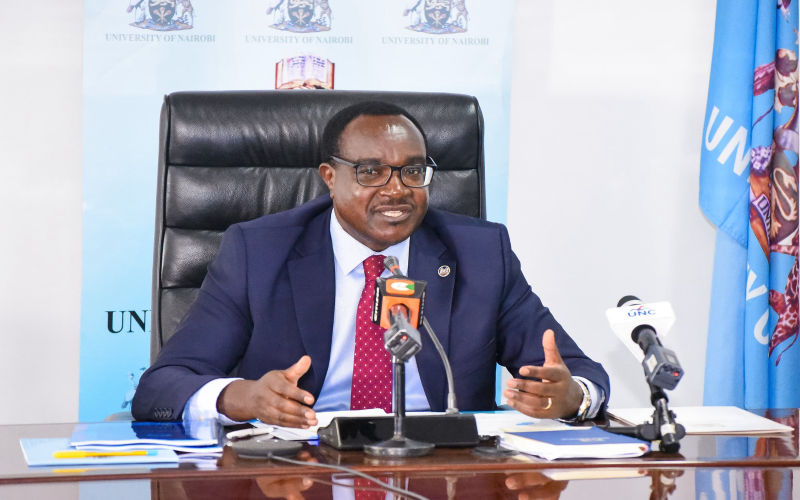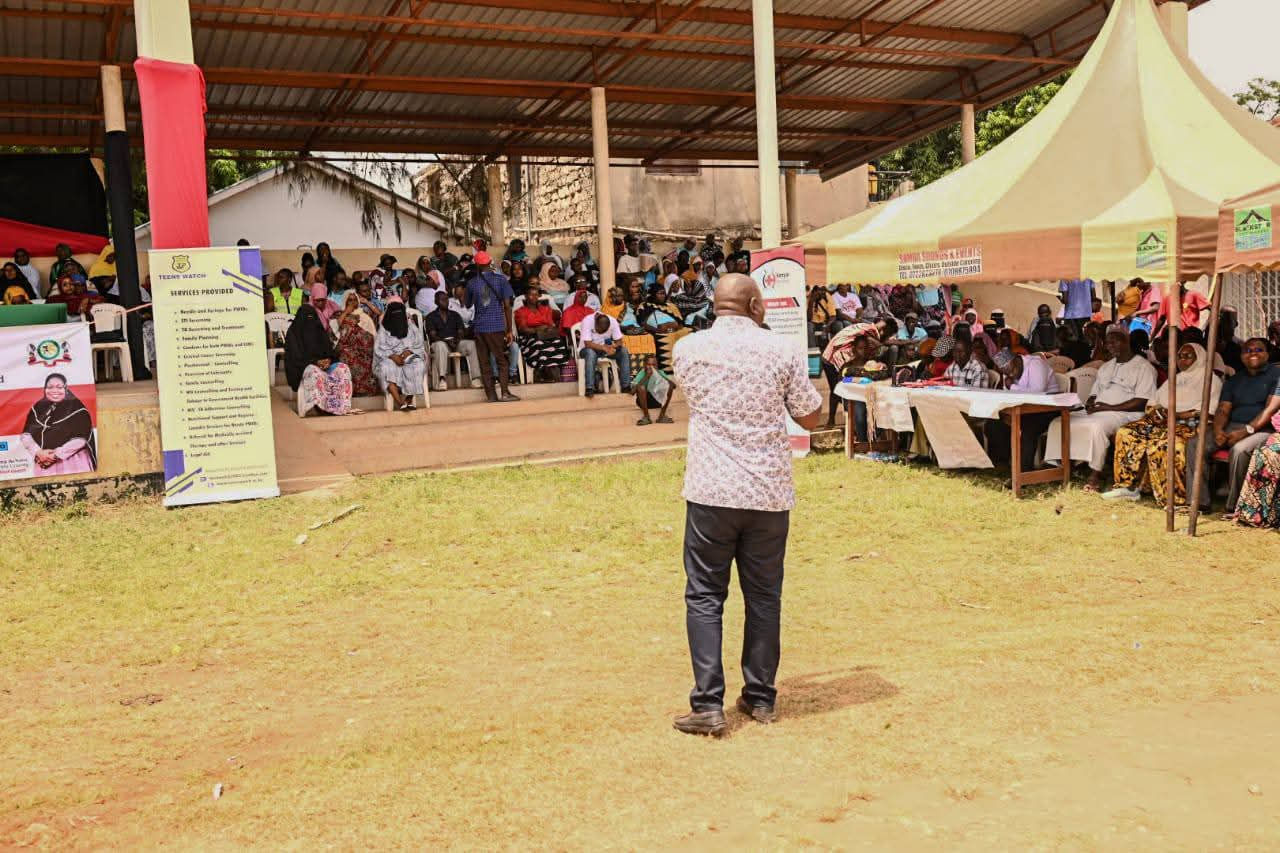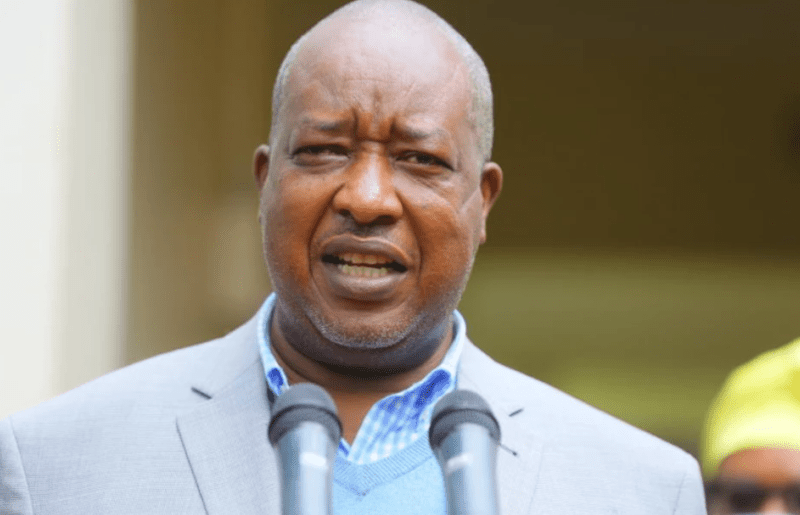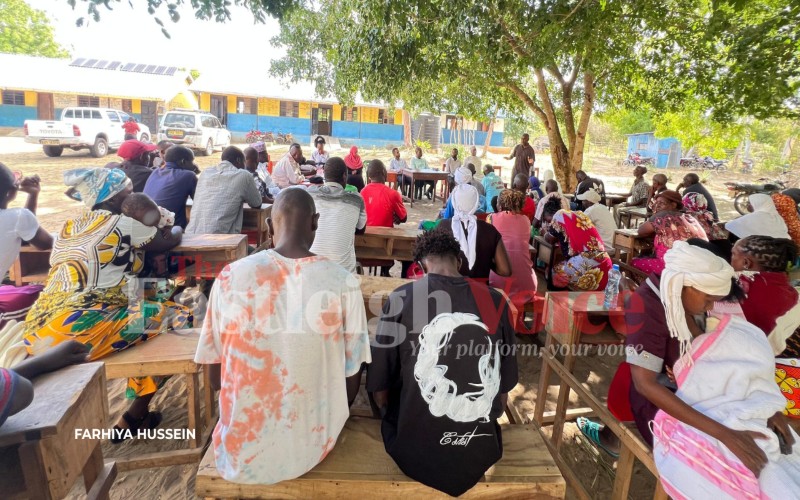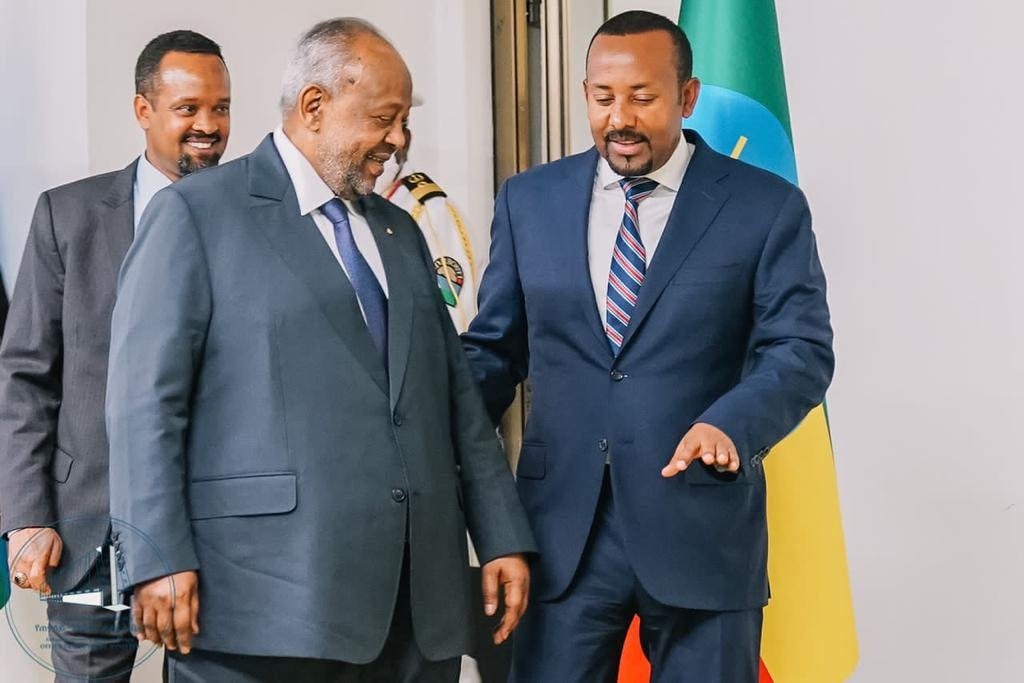Interior Ministry drafts policy to streamline operationalisation of new administrative units
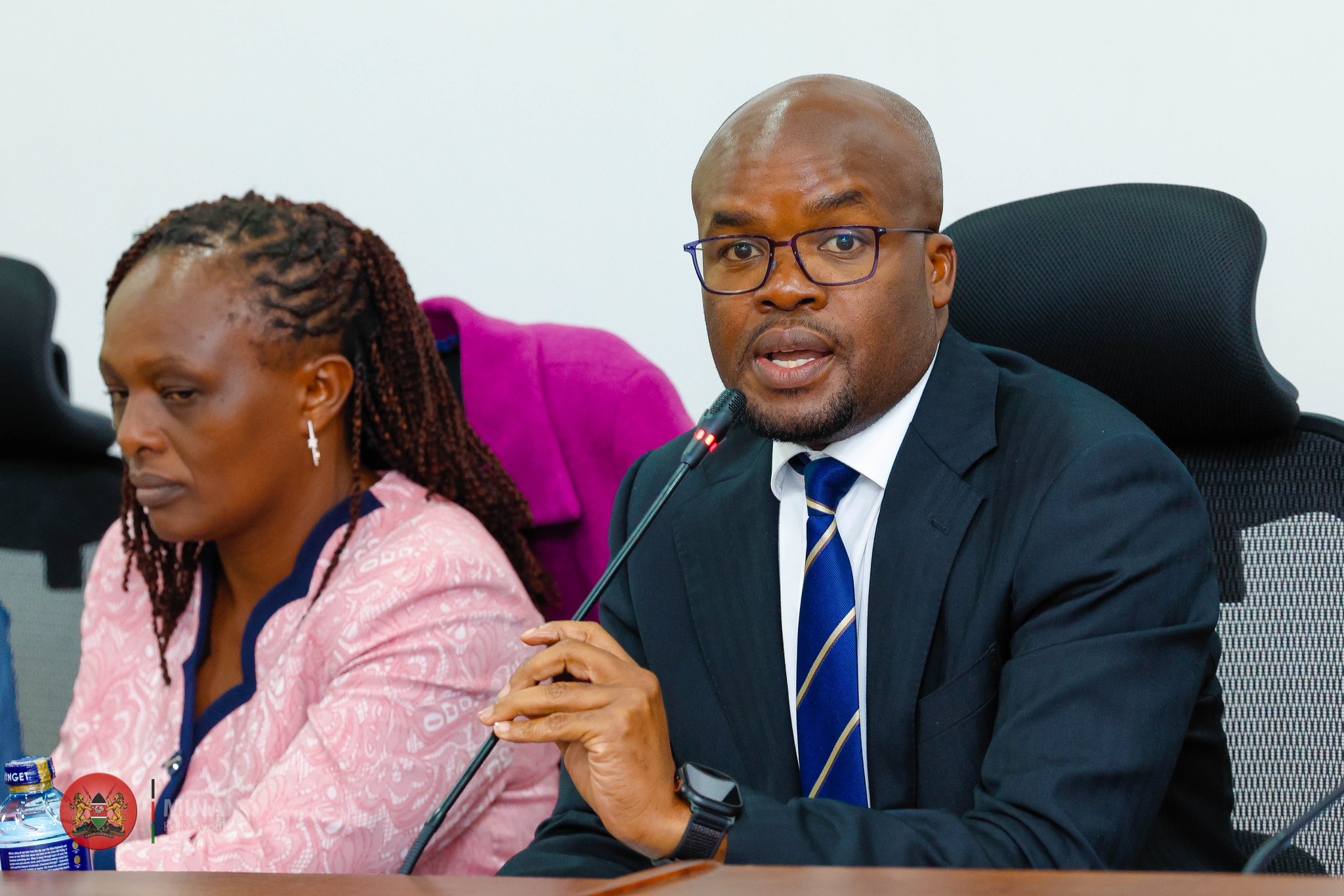
He said the Ministry is seeking an additional Sh2.5 billion to facilitate the implementation and operationalisation of newly gazetted administrative units across the country.
As part of the government's efforts to curb crime and improve governance, the Ministry of Interior is formulating a formal policy and Cabinet memorandum, which will be tabled before the Cabinet for approval. This aligns with the constitutional requirement that all administrative units must be gazetted before becoming operational.
Interior Principal Secretary Raymond Omollo informed the Departmental Committee on Administration and Internal Security that the draft has been completed and will soon be presented to the Cabinet for approval.
More To Read
- Interior Ministry says cyberattack on state websites contained as experts cite extremist motive
- Interior CS Murkomen announces panel to recruit NCIC chair, warns of rising hate speech
- KPSEA, KJSEA exams proceeding smoothly nationwide - PS Raymond Omollo
- Public viewing for Raila Odinga at Mamboleo extended
- Turkana MP blames Interior Ministry for rising insecurity in Aroo
- Kenya steps up security as CHAN kicks off this weekend
He said the Ministry is seeking an additional Sh2.5 billion to facilitate the implementation and operationalisation of newly gazetted administrative units across the country.
"There is no policy on the operationalisation of administrative units. However, the Ministry has drafted a Cabinet Memorandum outlining guidelines for the creation of new administrative units, which will soon be tabled before the Cabinet," he stated.
A formalised policy will not only rationalise the process of establishing administrative units to ensure consistency but will also guarantee budgetary support following their operationalisation.
As part of ongoing efforts, the government has established 1,105 administrative units for operationalisation in the 2024/25 financial year. These include 24 new sub-counties, 88 new divisions, 318 new locations, and 675 new sub-locations.
The Ministry has been operationalising new units based on key parameters, including security concerns, administrative anomalies, population size, and minority representation.
Key considerations for operationalisation include the location of the area, with insecurity-prone regions being prioritised for administrative unit establishment.
This ensures the deployment of officers to coordinate security and development efforts in volatile areas, such as parts of the North Rift region, which have suffered from banditry and cattle rustling for years due to a lack of governance structures.
The Ministry has also prioritised areas with anomalous administrative units. For instance, cases where a sub-county has only one division—leading to administrative inefficiencies—have seen new units created to balance jurisdictional coverage.
Areas with high population density and large land size have been considered for administrative unit establishment to improve governance and service delivery.
At the same time, in a bid to ensure inclusivity and minority representation, some administrative units have been created to address the interests of minority communities and promote equitable representation. This will ensure that all groups, including marginalised communities, have access to government services.
The Principal Secretary assured the committee that once the Cabinet memorandum is approved, a clear policy framework will guide future administrative unit creation.
The establishment of new administrative units is also expected to enhance service delivery across the country.
In Nairobi, two new sub-counties, Dagoretti North and Dagoretti South, were established in February last year, increasing the total number of sub-counties to 19. These sub-counties were created as part of the government's efforts to decentralise services and improve accessibility for residents.
Other newly established units include the Eldas South sub-county in Wajir County, which is expected to play a significant role in combating terrorism and violent extremism in northern Kenya.
Top Stories Today
